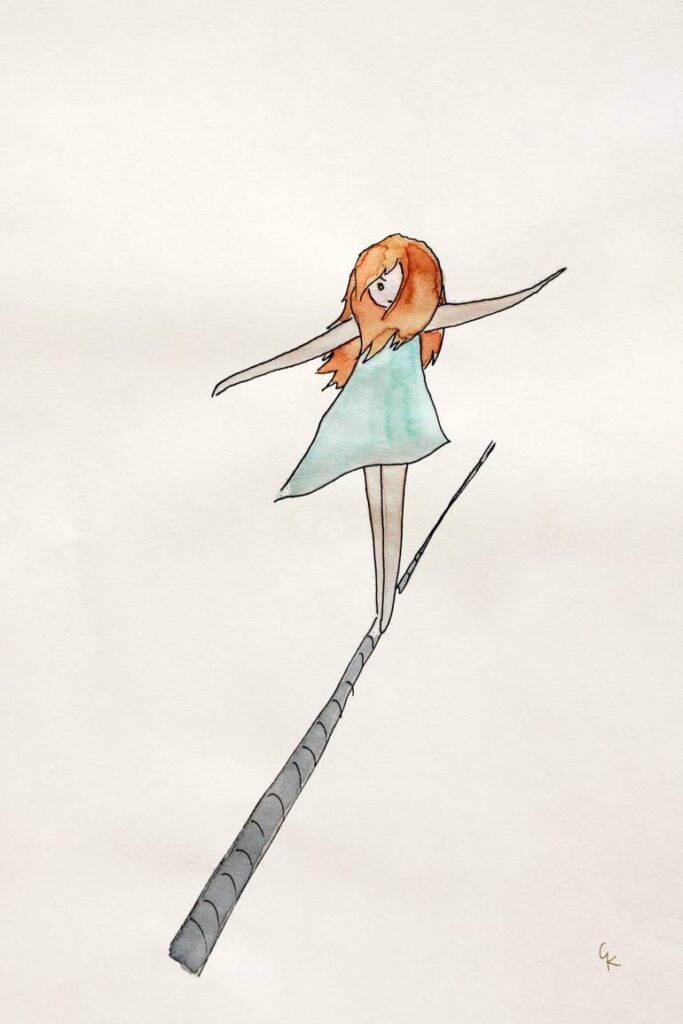
Effective Balance Exercises
Effective Balance Exercises. Improved balance makes daily activities, such as walking on stairs, carrying heavy items, and suddenly changing directions, easier. So then, a strong, stable base will allow you to move with more coordination, ease, and fluidity. However, you’ll also gain stronger and more enhanced movement during athletic activities.
Consequently, developing good balance helps to improve your overall health and fitness levels. And these improvements help to prevent the risk of injury and falls, especially in older adults. Also, people with Parkinson’s disease. This allows you to maintain your independence longer.
Remain aware of your posture and stability throughout the day. Notice if you’re yielding your weight evenly on both feet and work to root your weight into your feet.
You can also pay attention to whether you tend to yield your body weight forward or backward in space. Try to bring your body into proper alignment and feel a strong connection to the floor. Notice where and how you lose your balance and make the appropriate corrections in your body.
Reasons Balance Worsens With Age
1. Loss of Muscle Mass (Sarcopenia)
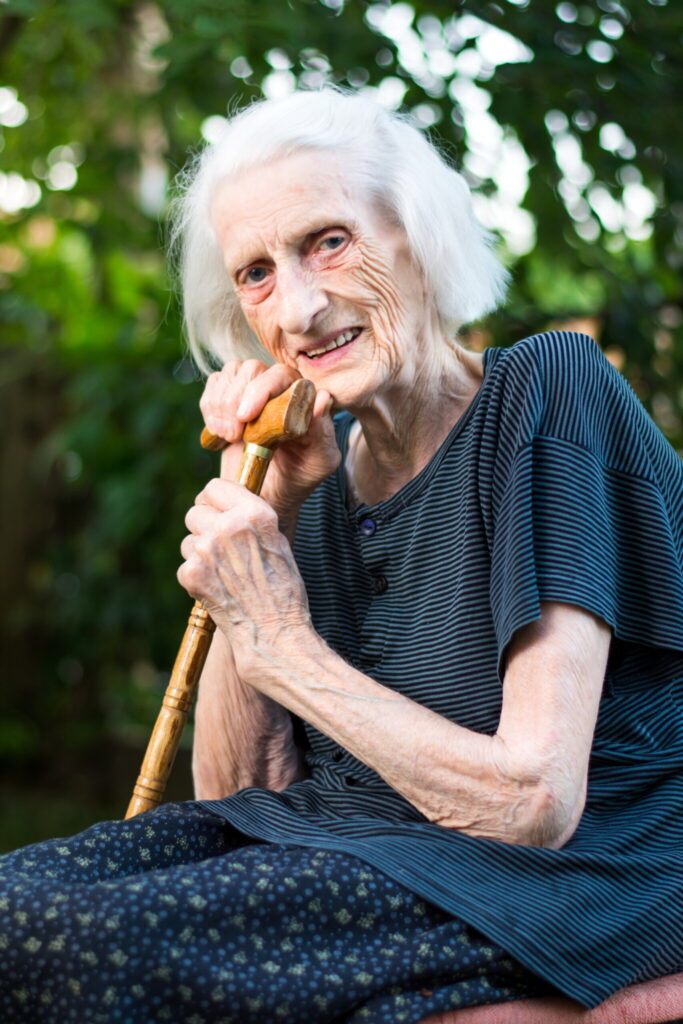
Effective Balance Exercises. As you age, you’ll slowly start to lose muscle mass (a process known as sarcopenia that begins as early as age 30). Sarcopenia occurs due to a confluence of age-related factors, including increased inactivity and hormonal changes. Bur the problem is, “when you lose muscle mass and strength, your ability to maintain strong and stable joints decreases. “And having stable joints is one of the key factors when it comes to having good balance.” Consequently, you need to be able to keep your joints in a stable position while both moving and not moving. So then, if you lack joint stability, your joints may “buckle,” which you will experience as poor balance.
2. Decline in Joint Mobility/Flexibility
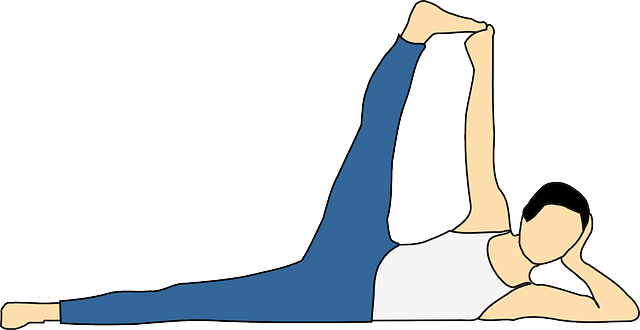
Effective Balance Exercises. As we know, healthy joints are essential for equilibrium. But your joints tend to take a hit as you age. Very often, this is due to a more sedentary lifestyle in your senior years. “If you add up all the time that you are either sitting or lying down during your average 24-hour period, you will most likely be shocked,” . “Most people are only moving for about one to two hours of their day.”
But here’s the thing: When you are not moving, you not only lose muscle mass, but also joint mobility and flexibility. And this is bad news for balance. That’s because when you sit for prolonged periods of time, your muscles and joints become tight. And eventually, they won’t be capable of moving as well. As a result, these tight, restricted joints won’t be able to activate and contract specific muscles or achieve larger ranges of motion, which all help you maintain your balance. In addition, what’s more, arthritis and/or bone-related diseases (like osteoporosis) — which are more common in older folks — can lessen joint mobility too.
3. Diminished Proprioception
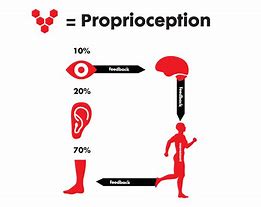
Effective Balance Exercises. As you become less physically active in older age, your proprioception (the technical term for body awareness) will decrease too. In addition, important for aging and balance, “proprioception is the ability to sense where your joints and body are at all times,” he says.
“You have nerve receptors in and around your joints that send information to your brain and nervous system.” “This means that your brain and nervous system know where your body is both consciously and subconsciously (which can also be thought of as coordination).”
“When you age, and don’t move often, these nerves receptors don’t work as well, which leads to diminished body awareness,” “And when you don’t have a good sense of where your body and joints are, it makes it difficult to maintain your balance,”
4. Slowed Reflexes
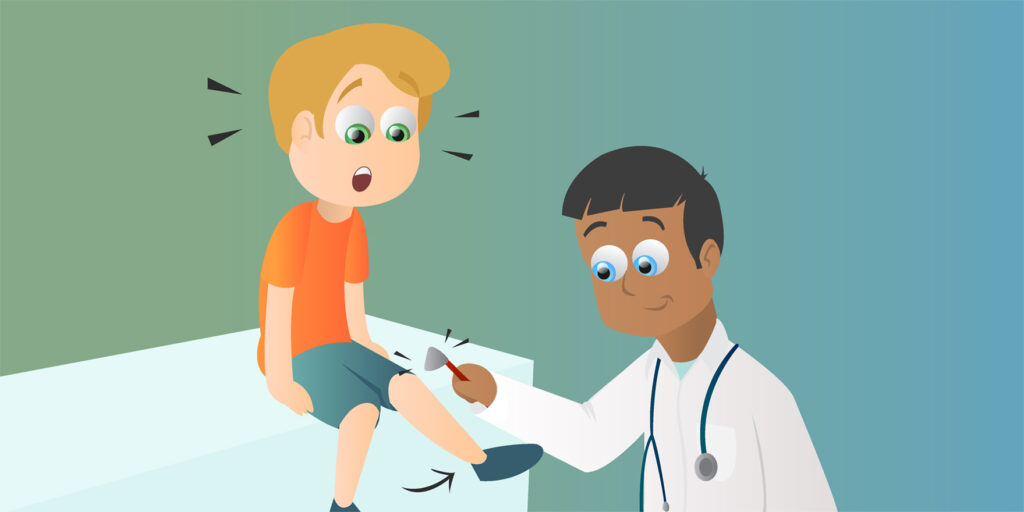
Effective Balance Exercises. Reflexes — involuntary or automatic reactions that your body does in response to something — play a pivotal part in controlling coordination, balance, posture and movement.
For example, if you trip on a crack on the sidewalk, your hands and arms will automatically stretch out to break your fall and your muscles will tighten to reduce injury, according to the University of Rochester Medical Center. But reflexes and reaction times tend to slow in your golden years, primarily due to inactivity and age-related degeneration of the nervous system.
Indeed, as you age, the areas of the brain responsible for motor control lose cells and shifts in nerve fibers slow down electrical impulses, per the University of Rochester Medical Center.
“In addition to these factors, your overall level of health also plays a role,” Your level of inflammation, insulin and glucose regulation and other medical issues can contribute to chronic health conditions that may lead to deterioration of your nervous system and, as a result, cause delayed and/or diminished reflexes.
5. Degeneration of the Vestibular System
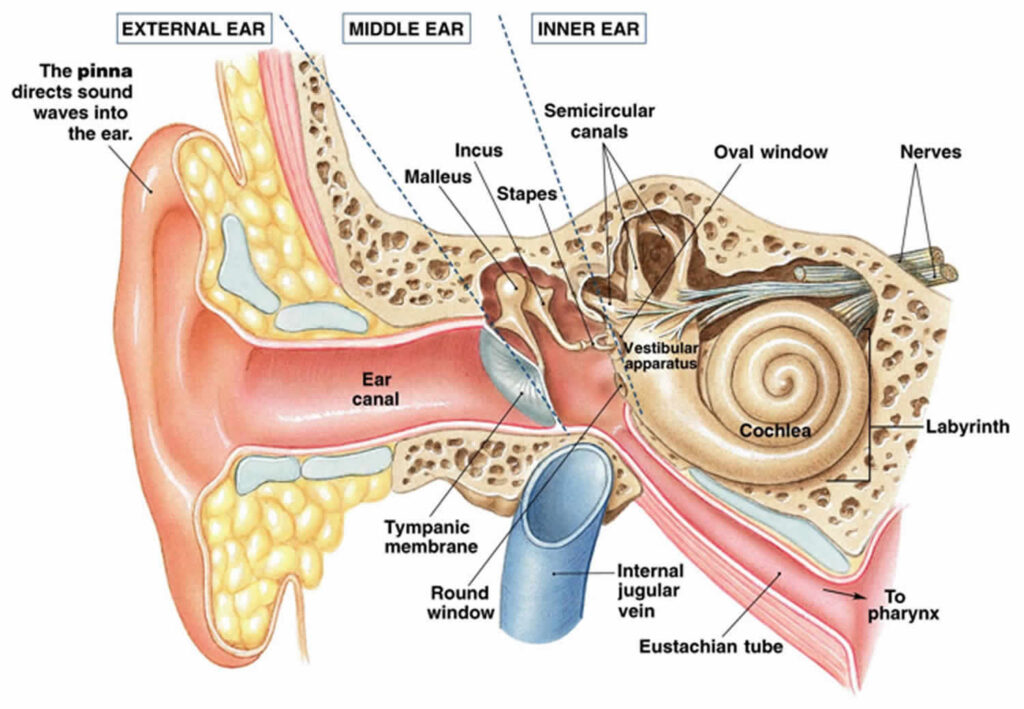
Effective Balance Exercises. Your vestibular system (the part of the inner ear involved in balance) is a big factor when it comes to maintaining a healthy equilibrium. Here, just like your nervous system degenerates as you age, your vestibular system can also deteriorate in your twilight years and is similarly impacted by other health-related biomarkers (such as inflammation, insulin and glucose regulation, etc.) That means “the better your overall health is, the better every system in your body will function, including your vestibular system,”
6. Impaired Vision
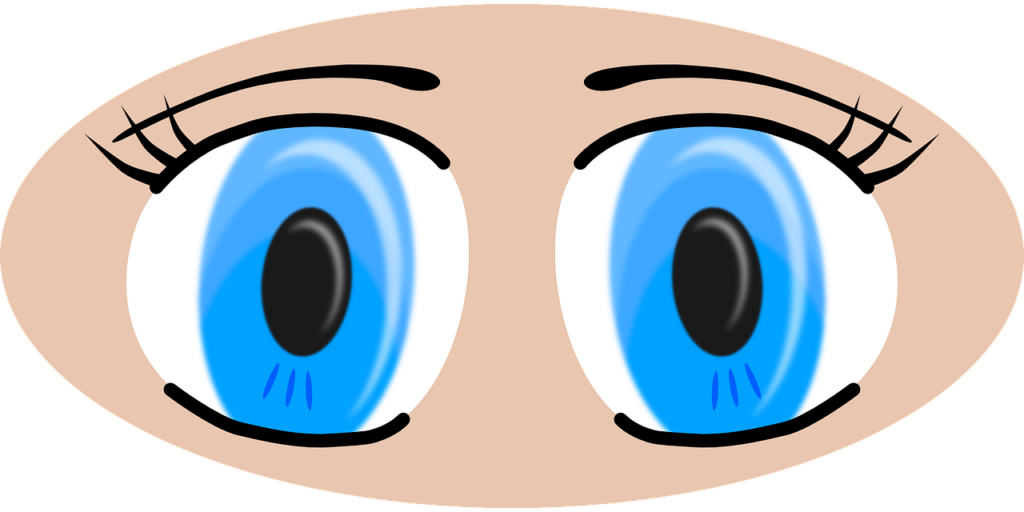
Effective Balance Exercises. Aging can affect your eyes, (impaired vision). In fact, older age is associated with a higher risk for certain eye diseases, according to the American Academy of Ophthalmology (AAO).
But this shift in sight can blight your balance abilities. “Most people rely heavily on their vision for balance.” You can test this by standing on one leg with your eyes open. Next, try the same thing, but close your eyes. “It was most likely a lot more challenging to maintain your balance with your eyes closed.”
But when vision declines, it can impact things such as depth perception, sensitivity to contrast and night vision, which are all important factors when it comes to staying steady on your feet.
Older Adult Falls
Effective Balance Exercises. In the UK, at least 5 million people experience at least one fall every year, However, among people aged over 80, one in every two will have a fall, which means there are an estimated 1.6 million older adults who experience falls each year.
In the US, More than 14 million older adults in the United States fall each year, according to the Centers for Disease Control and Prevention (CDC). Unfortunately, accidental falls are the primary cause of injury and injury deaths for older adults.
The World Health Organization (WHO) labels falls as a major public health issue. Worldwide, falls are the second leading cause of unintentional injury deaths. In 2022 alone, more than 3,000 fatal falls each month occurred in adults 65 and older, with a total of 40,923 fatal fall injuries in 2022.
Your balance is key to preventing falls, and saving your life!!!
Toe Balance Exercise
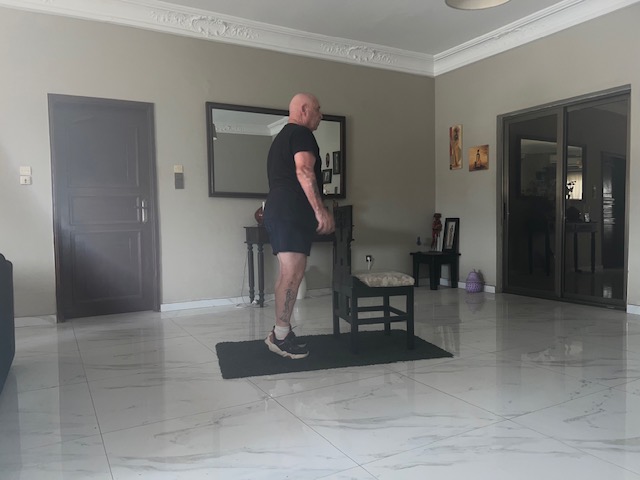
How To Do It
- You need a surface chair or wall for safety
- Stand holding your support, raise your heels up.
- Once you are comfortable move your hands free from support
- Practise over time to increase how long you can stand unsupported
- Practise daily to improve your balance
Heel Balance Exercise
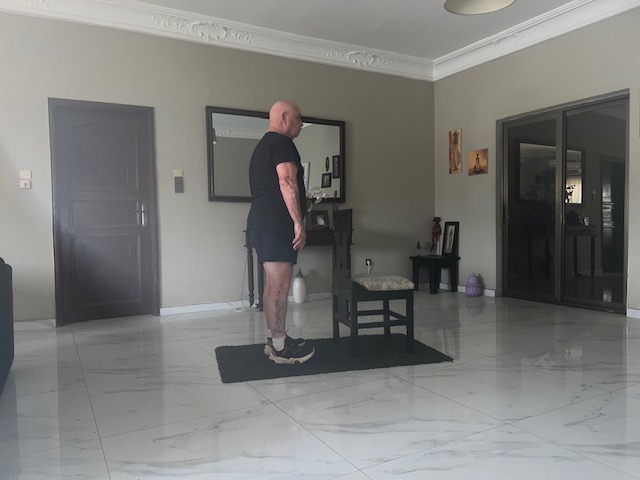
How To Do It
- You need a surface chair or wall for safety
- Stand holding your support, raise your toes up.
- Once you are comfortable move your hands free from support
- Practise over time to increase how long you can stand unsupported
- Practise daily to improve your balance
Heel to Toe Standing Exercise
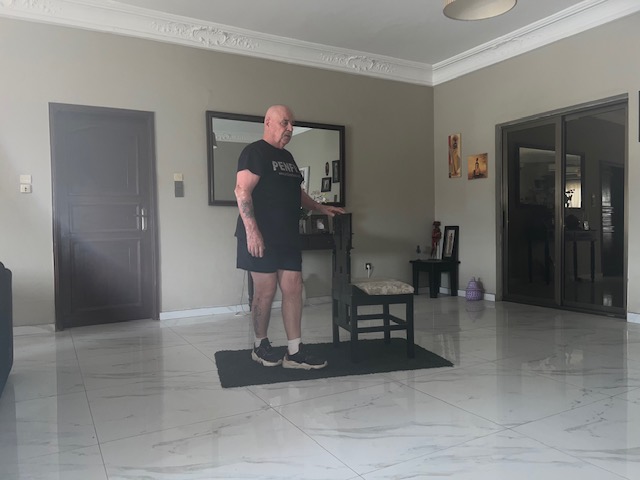
How To Do It
- You need a surface chair or wall for safety
- Stand with your feet flat on the floor with the heel of one foot against the toes of the other foot.
- Remain in this position for as long as you can, over time it will improve
- once you can achieve this change foot positions and repeat
- Practise daily to improve your balance
Leg Swing Exercise
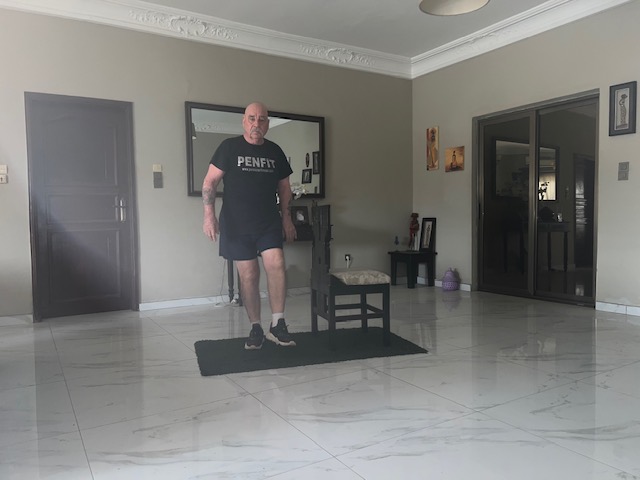
How To Do It
- You need a surface chair or wall for safety
- Find your balance on one leg, once you can balance on one leg.
- slowly swing the other leg forward and backward
- As you get more confident swing the other leg a little faster with more momentum, This will challenge your balance even more.
- Practise daily to improve your balance
Free Live E-Book, Move to Thrive: Exercise Regimens for Lifespan Extension
copy link into your browser: https://designrr.site/?i=179pv&t=f0011f
This is a live e-book link you do not need an e-book reader!!!!!
Click the arrow on the right to turn the pages
I hope you find it useful
Video
DONATE
Pensioner Fitness Awards
THE BUSINESS CONCEPT, BEST IN BUSINESS AWARDS
- “MOST INSPIRING SENIOR WELLNESS WEBSITE 2023“
THE GLOBAL HEALTH AND PHARMA, FITNESS AND NUTRITION AWARDS
2. “BEST SENIOR FITNESS AND NUTRITION SPECIALIST 2023“
THE MIDDLE EAST AND AFRICA BUSINESS AWARDS
3. “ MOST INCLUSIVE FITNESS PROVIDER 2023″
THE CORPORATE LIVE WIRE GLOBAL AWARDS 2023/2024
4. ” FITNESS ADVISORY PLATFORM OF THE YEAR“ 2023/2024
In Conclusion
Having the intention to improve your balance can be as challenging as it is rewarding. Remember that your balance can vary daily. Enjoy the process, notice the variations, and have fun with it. You can do these exercises throughout the day and find creative ways to incorporate them into your daily life.
Balance exercises are appropriate for all ages and fitness levels. Older adults and people with certain conditions, such as Parkinson’s disease, arthritis, or multiple sclerosis will find benefit in developing balance. If you wish to work with a physical therapist, you can find a suitable professional in most areas. You may also choose to work with an occupational therapist or professional trainer.
Important Note *
Remember that everyone is different, it is ultimately YOUR RESPONSIBILITY to find what your body responds to. So please do your due diligence before trying anything new, including getting Medical Advice to ensure your safety and peace of mind.
Connect with me and leave a comment